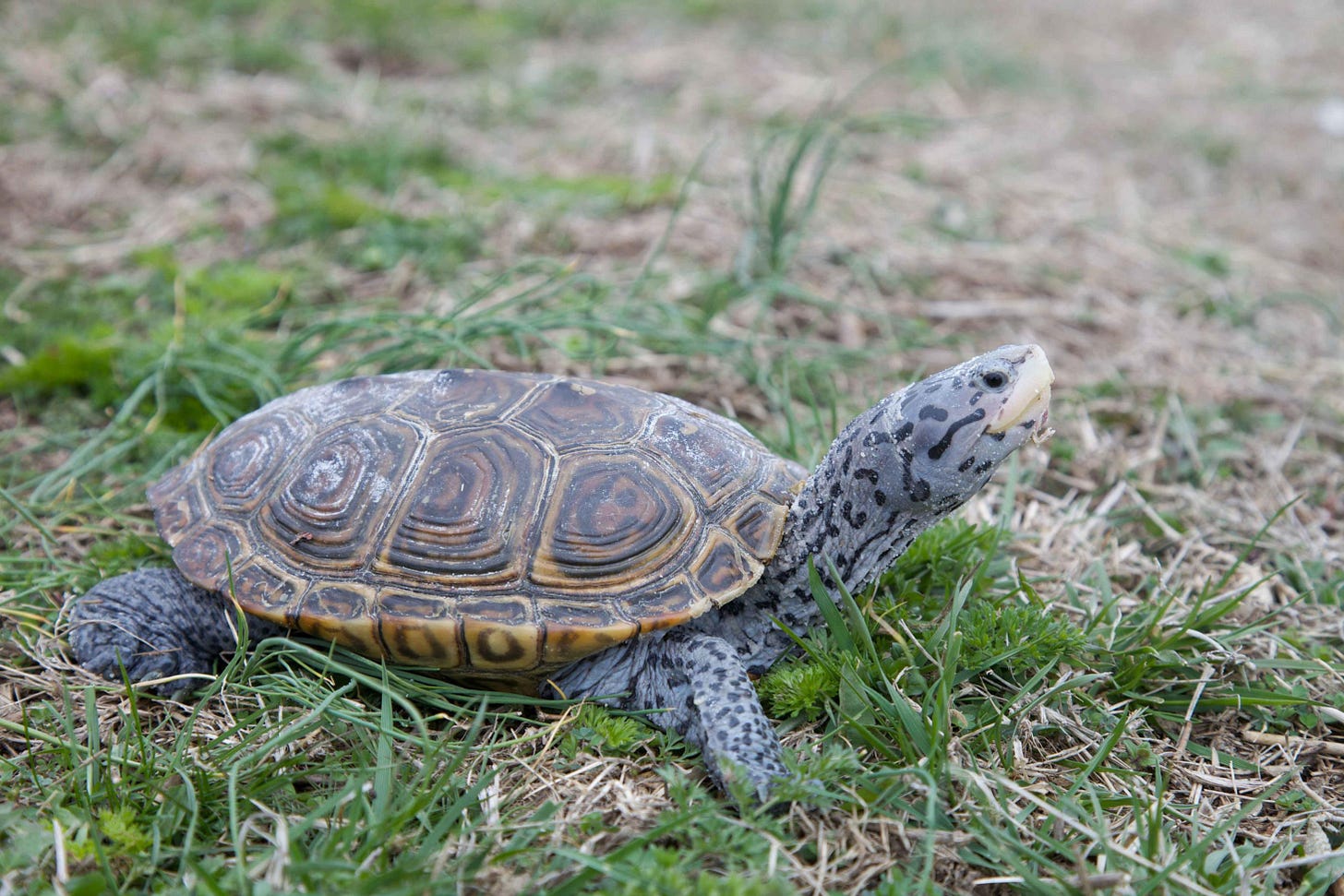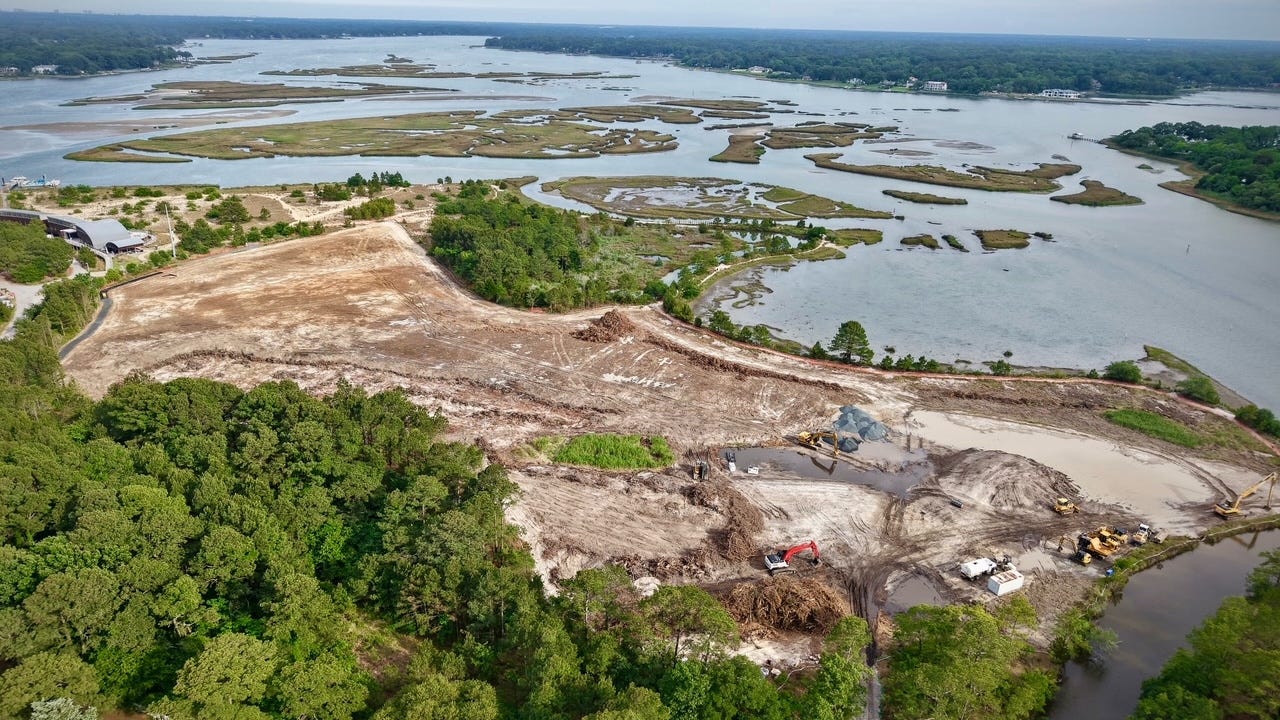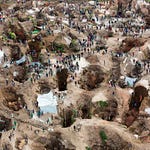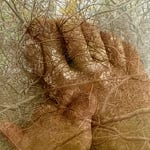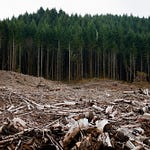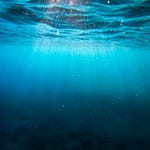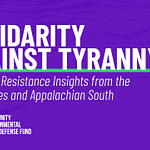Welcome to Truth and Reckoning, a new podcast from CELDF — the Community Environmental Legal Defense Fund.
In this show, we learn from frontline organizers and communities fighting against environmental destruction. We explore different perspectives and innovative strategies for movement building, the potency and potential of rights of nature, and effective action in defense of our communities. And, we share inspiring stories of people working towards right relationship with the land and each other. The show is hosted by CELDF Community Resistance and Resilience Program Co-Director Max Wilbert.
On this episode, we explore the greenwashed destruction of the last remaining Diamondback Terrapin nesting habitat in Virginia Beach, VA
We speak with Dr. John Aquiar, a lifelong resident of the Virginia Beach area, who reached out to CELDF for help in February 2025. We’re used to getting requests from community members facing threats to the human community where they live, but this request was about protecting the Diamondback Terrapin from a supposed “restoration” project.
This story is one of a growing number of examples — from forest thinning to spraying invasive species with herbicides — where “restoration” has been co-opted and used as a greenwashing technique. This isn’t an indictment of restoration as a whole, but it is a warning that there are active attempts to use the language emerging from this field to justify more destruction of our planet.
In this podcast, Dr. Aquiar speaks for the terrapins because no one else is doing so, and explains the situation at a place called Pleasure House Point Natural Area. At Pleasure House Point, the city of Virginia Beach is currently clearcutting a mature native forest and destroying critical nesting habitat for the Diamondback Terrapin. It’s part of what they call a “restoration” project, and is happening as part of a wetlands-credit scheme whereby wetlands habitat elsewhere which is being destroyed for a flood-mitigation project is supposedly being “offset” by the creation of new wetlands at Pleasure House Point.
In both cases, nature is losing.
Many of the issues Dr. Aguiar raises are the same as we hear from other communities.
Why is the community just learning of the project even though the city and the NGO’s in favor of it have supposedly known for years?
Why were the only public meetings on the project held one week before Christmas and then the vote was the meeting right after New Year’s?
What is the rush and why can’t more information from unbiased sources be collected and presented to the residents of the community to assess and then have a voice in making the decision?
Who are the experts advising destroying this habitat?
Why is it that nature always has to be destroyed? Why not bulldoze the golf course or the luxury homes instead and turn that land into salt marsh?
Is there a profit motive involved here for various contractors and others?
Rarely do we find people who are so concerned about a non-human species’ welfare and potential for survival into the future. That’s why we felt it was important to give Dr. Aquiar the chance to speak for the terrapins and see if there are others out there who are also concerned.

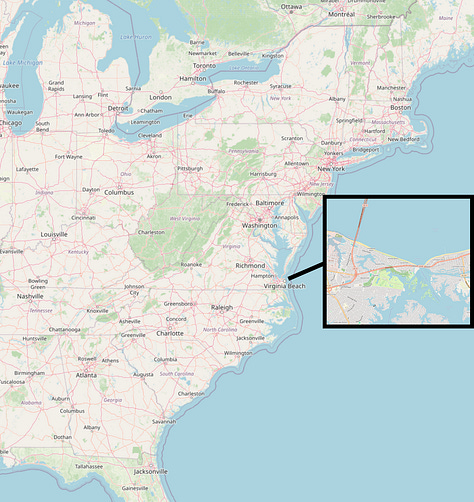
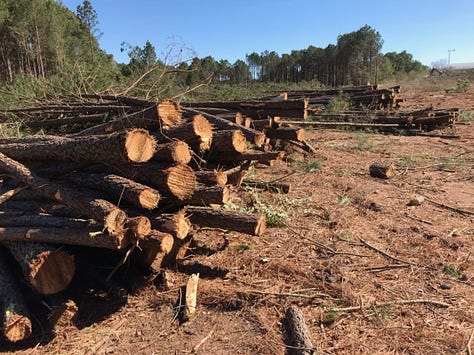
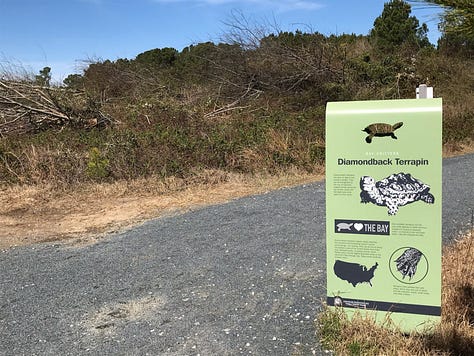
May 22, 2025 Update
This drone photograph was taken just a couple days ago. The heavy machinery is already at work gouging and flattening the denuded earth, across a larger area than many had expected. The city has set out three automated camera stations, presumably to catch anyone who might damage anything in the clear-cut and scoured-down zone.
There is also word that the developer who owns the adjacent property is a recent donor to the very same city councilman whose district this is in — the same city councilman who has been vigorously promoting the deforestation and aggressively pushing misinformation online. This is the property that now, magically, has waterfront views thanks to the deforestation, and which will almost certainly be developed in the near future—removing more forest cover and adding more high-priced, high-density housing. They don’t even care if we connect the dots now; they’ll get what they want and there’s nothing we can do. At this point they’re just flaunting their cronyism.
This show can be found on the following platforms:
And anywhere else you get your podcasts
Status of and Threats to Diamondback Terrapins
The main threat to the Diamondback Terrapin is habitat loss, and this project is part of that. As we researched the background for this show, we found lots of people and organizations using the Terrapin’s image for promotion and fundraising purposes, yet mostly these groups don’t seem to mention them much other than that.
According to the IUCN:
Malaclemys terrapin [Diamondback Terrapin] is assessed as Vulnerable due to observed threats documented in the past and projected into the future with ≥35% population declines of monitored populations resulting from overexploitation, accidental mortality as bycatch in commercial Blue Crab fisheries, coastal habitat loss due to development, principally the loss of limited nesting habitat, in addition to extensive estuarine saltmarsh loss, and ongoing subsidized nest predation by mesopredators (threats reviewed in Roosenburg 2004; Butler et al. 2018; Chambers and Maerz 2018; Roosenburg and Kennedy 2018).
Overall, it is our assessment that M. terrapin has sustained range-wide population declines over the last 30 years (two generations) of 25-30% and that the rate of decline is predicted to continue at the same rate for another 15 years (one generation), or about a 10-15% further decline, for a total decline over three generations (45 years) of 35-45%.
How to support
Diamondback Terrapins need every bit of their remaining habitat to be protected. That means that anyone living along the Atlantic and Gulf Coasts is likely near to some terrapin habitat which is under immanent threat from development, aka destruction.
If you live in the Virginia Beach area, want to get in touch with Dr. Aquiar, or discuss this issue with us, please reach out to CELDF’s Consulting Director Tish O’Dell (contact information here).
If you want to support this podcast, Truth and Reckoning, here’s a few ways you can do so. First, subscribe via your favorite podcast app, like Apple Podcasts or Spotify. Then, share this broadcast with your friends and family. Leave a positive review via your podcast app. Visit the Truth and Reckoning YouTube channel and leave a thumbs up and comment. The full scope of the work of CELDF, including this show, comes with a financial cost, so if you can donate, go to CELDF.org.
But most importantly, our goal for this show is to empower you to act, so the best way you can show support is to get involved with your community and protect where you live. Thank you very much. See you on the front lines.
Bird observations at Pleasure House Point
Another concern is for the migratory birds. One aspect of the bulldozing involves resident and migratory birds—Pleasure House Point (PHP) is a very popular birding site, and over 250 bird species have been documented on and adjacent to the property, including both shore- and waterbirds as well as many Neotropical migrants and winter migrants.
Virginia Beach is on the Atlantic Flyway, which is a major migratory corridor for many species. We receive northern birds who spend the winter in our relatively mild climate, and many Neotropical birds which winter in Central and South America and fly into our region to breed in the summer. PHP provides habitat for all these species, both stopover and breeding habitat. At the end of this post, you’ll find a list Dr. Aquiar complied from the records on eBird.org, which is a repository of birders’ checklists, observations and photos.
Pine forest species
pine warbler
brown creeper
brown-headed nuthatch
pine siskin
white-breasted nuthatch
Winter migrants:
ruby-crowned & golden-crown kinglets
yellow-rumped warbler
dark-eyed junco
winter wren
Neotropical migrants:
northern parula
American redstart
magnolia warbler
prairie warbler
Cape May warbler
great crested flycatcher
northern waterthrush
blue-gray gnatcatcher
prothonotary warbler
blackpoll warbler
bay-breasted warbler
black-throated green warbler
ovenbird
Nashville warbler
chestnut-sided warbler
yellow-throated warbler
black-throated blue warbler
hooded warbler
Blackburnian warbler
Connecticut warbler
At least 16 species of warbler have been observed at PHP in recent years, using it either as breeding habitat or as stopover habitat on their way further north. There are massive and ongoing declines in bird populations throughout North America, and habitat loss is one of the major drivers. Just as with the terrapins, the bulldozing at PHP is one more broken tile in the disintegrating mosaic of habitats which these species rely on for nesting habitat--and in the case of migratory species, for valuable stopover sites on their long-distance journeys..
Websites mentioned in the podcast:





